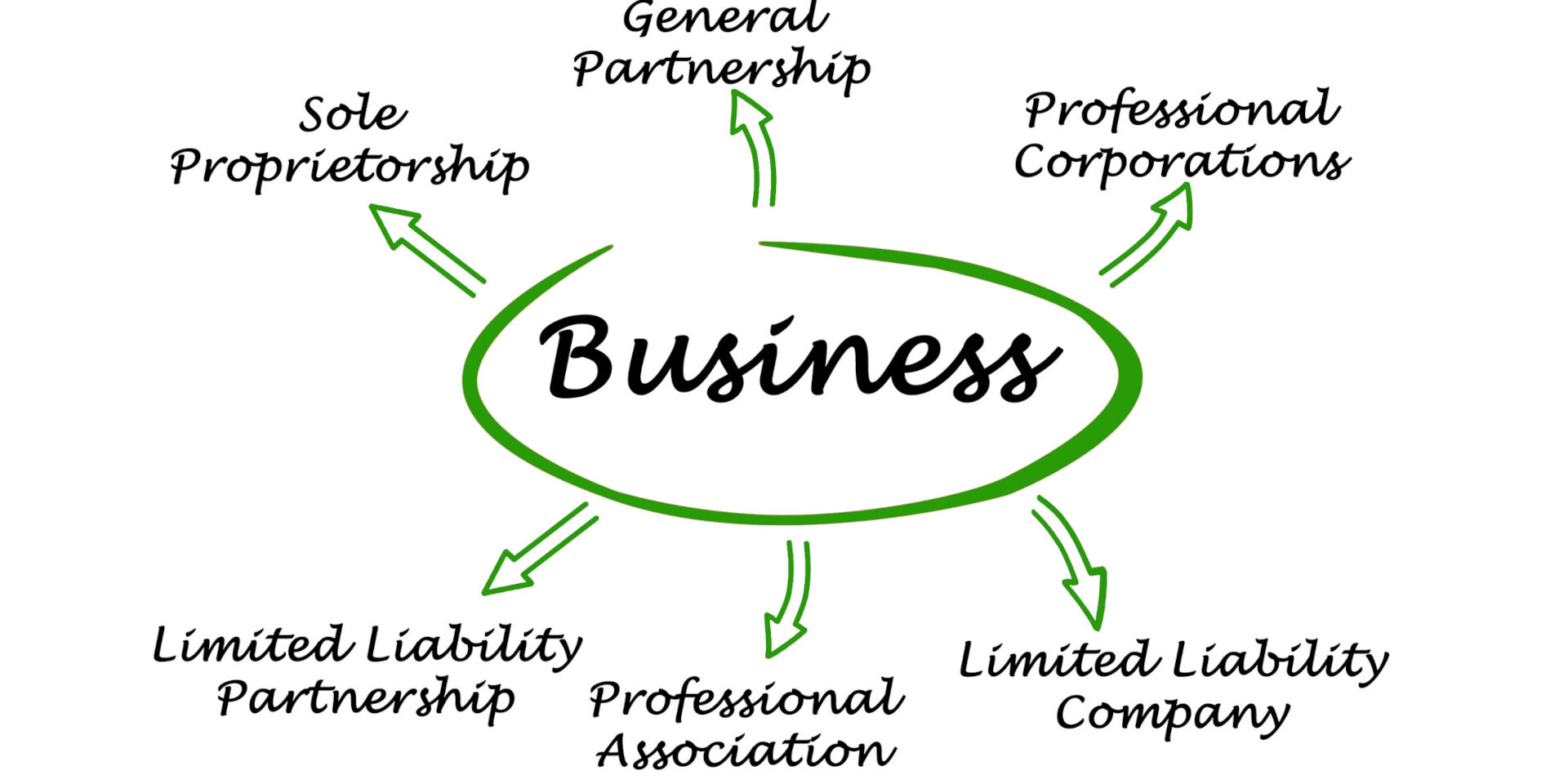Over time, your business can undergo significant changes. What may have started as a humble, one-person operation in your garage can grow into a more complex company, with multiple owners, employees, an evolving mission statement, and increasing risks.
As the scope and goals of your business shift, an accompanying change in business structure might be warranted. There are many reasons to consider changing your business’s entity type. Whether you are simplifying or expanding, it is important to understand the different options available, weigh the pros and cons, and take all of the necessary legal steps.
Reasons for Choosing an Entity Type
Selecting a business structure is one of the first major decisions an entrepreneur makes when launching their enterprise. Before registering your business with the state, you will need to choose a structure for it.
The type of legal entity you choose impacts your tax liability, ability to raise funds, paperwork requirements, and personal liability. One of the main reasons for a change in business structure is a change in your business’s needs, such as the following:
Typically, as small businesses grow, their operations move from simpler to more complex. Forming your home-based business as a sole proprietorship may have been adequate for the start-up days. But as you take on new owners, enter new markets, and face more risk of liability, you may benefit from forming an LLC or corporation.
Although less common, some business owners may benefit from simplifying their business structure. The fees and bookkeeping requirements of your current business structure may prompt you to scale down operations. A simpler business structure can also make sense as part of a divestiture strategy.
Switching from a corporation to an LLC may be more difficult than moving in the other direction, because it may have adverse tax consequences. There may also be jurisdiction-based restrictions on converting to a different business structure: some states do not allow all types of conversions. Unintended dissolution of the business could even result from changing structures.
How to Change Business Structures
Considering a change to your business structure? The first thing you will want to do is consult with professionals such as attorneys and accountants to fully consider the tax and legal implications.
If you decide to change your sole proprietorship to an LLC or corporation, the steps involved depend on what your current business structure is and the entity type you are changing it to. However, the following are some examples of what you may need to do:
Once you have completed these steps, there may be more work before you start operating as a new legal entity, including the following:
A change in legal structure indicates a fundamental shift in your business. After the filings have been made and the documents have been drafted and signed, operational changes could be on the way, for example, different recordkeeping duties.
NorthStar Law Group, P.S. has the expertise to help you choose the right entity, walk you through the registration process, put the proper agreements and protections in place, and give you the confidence that everything is done by the book. For legal advice and assistance, please contact us.







